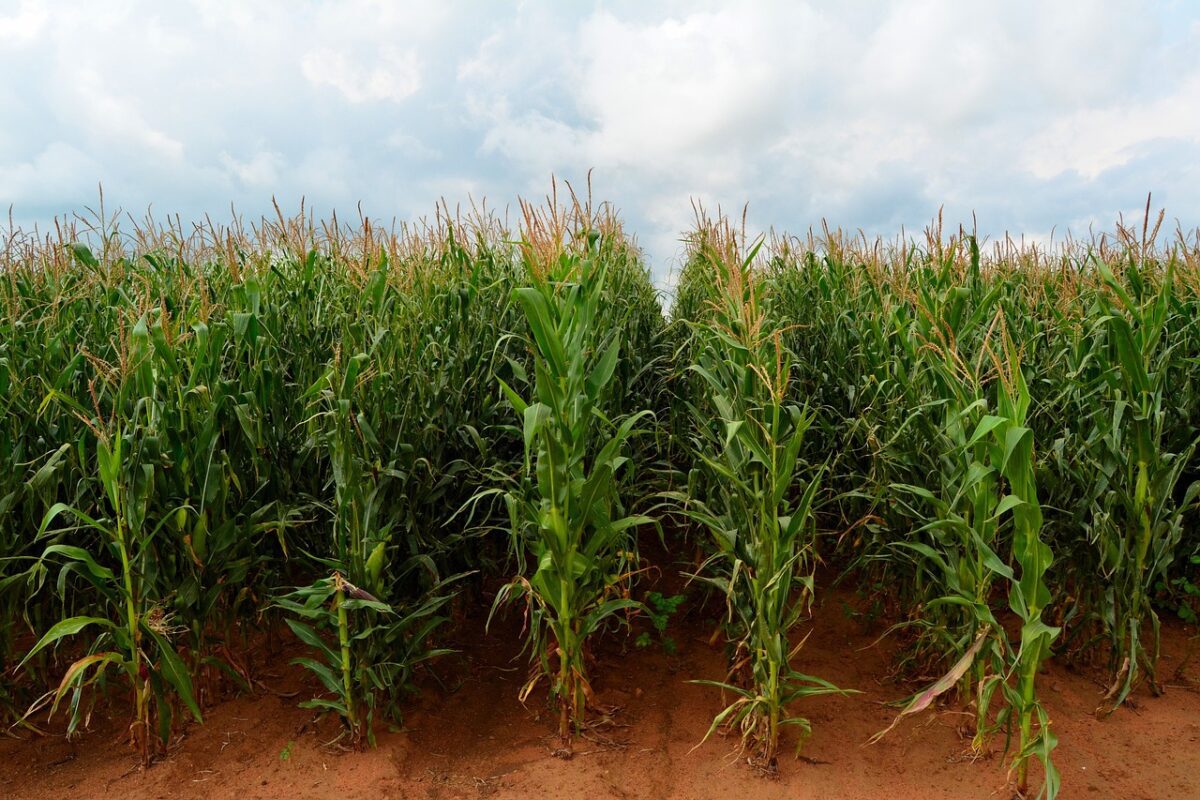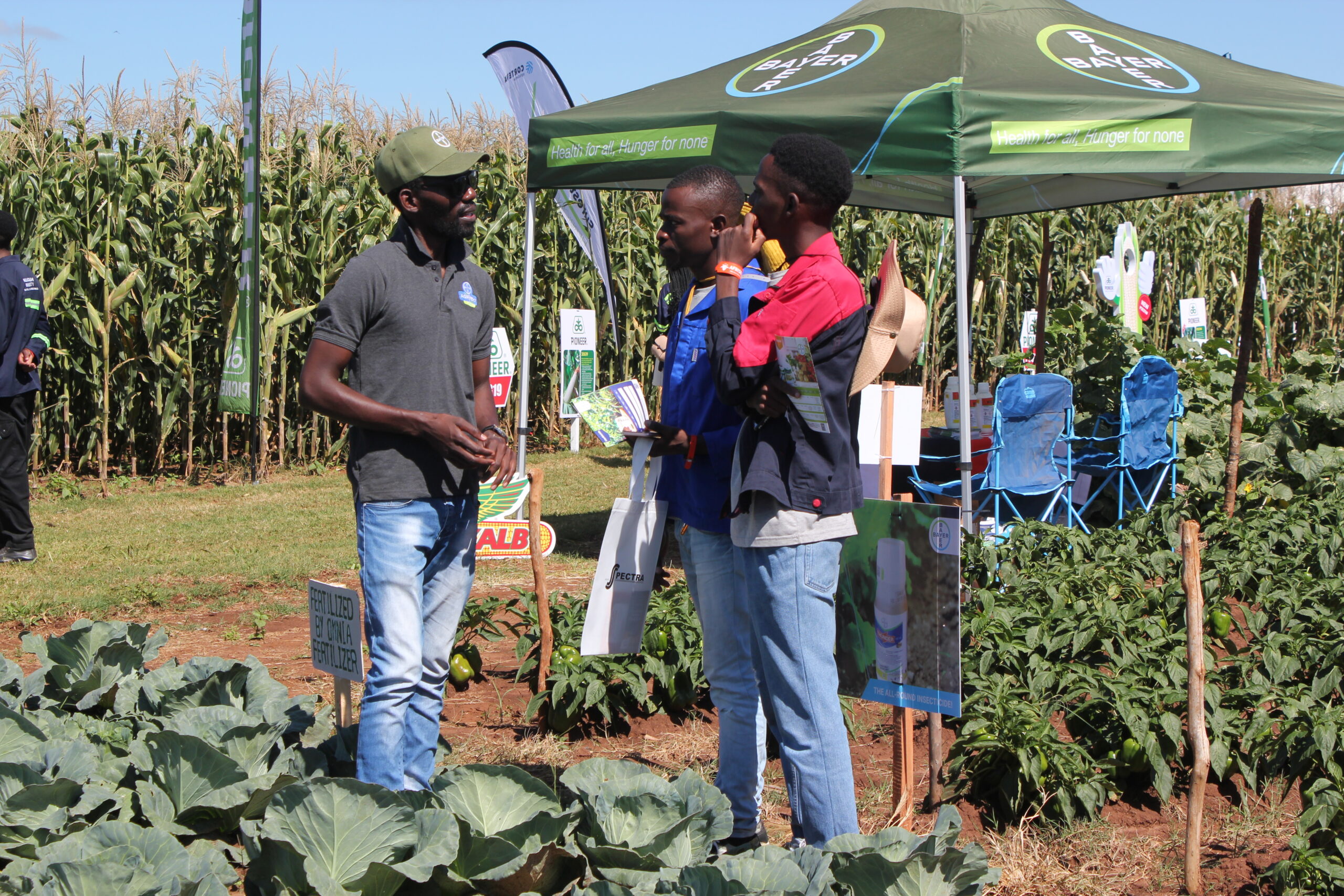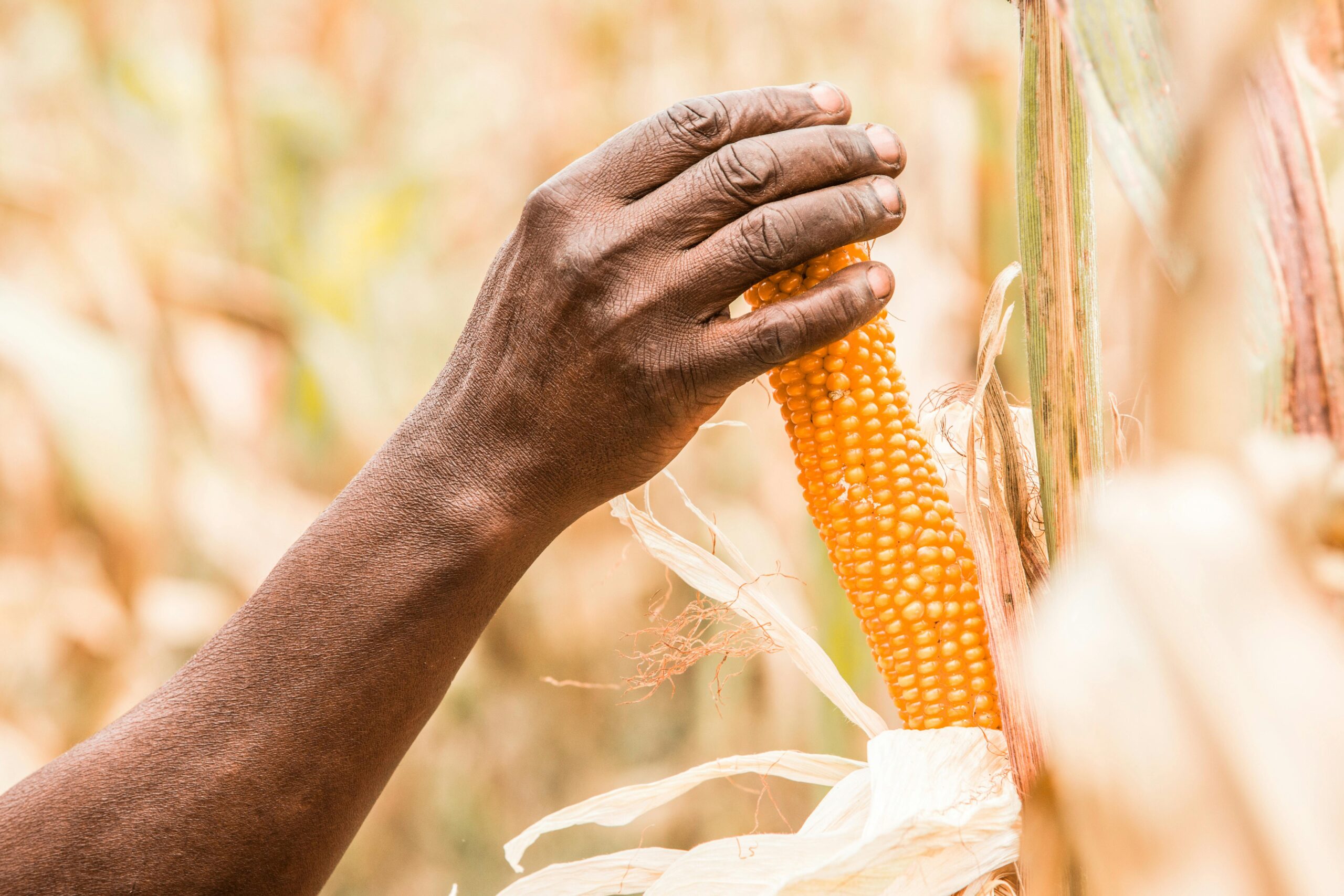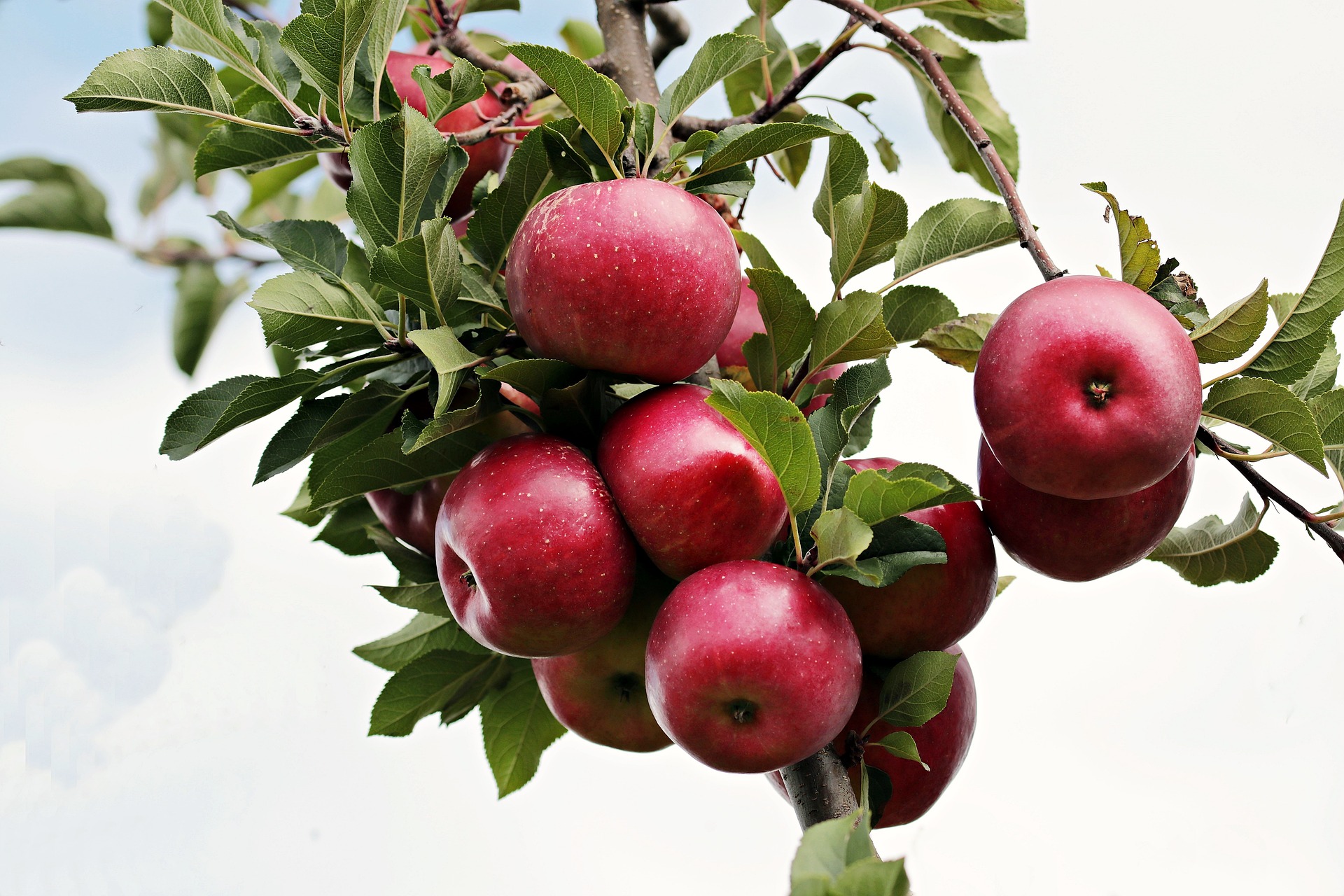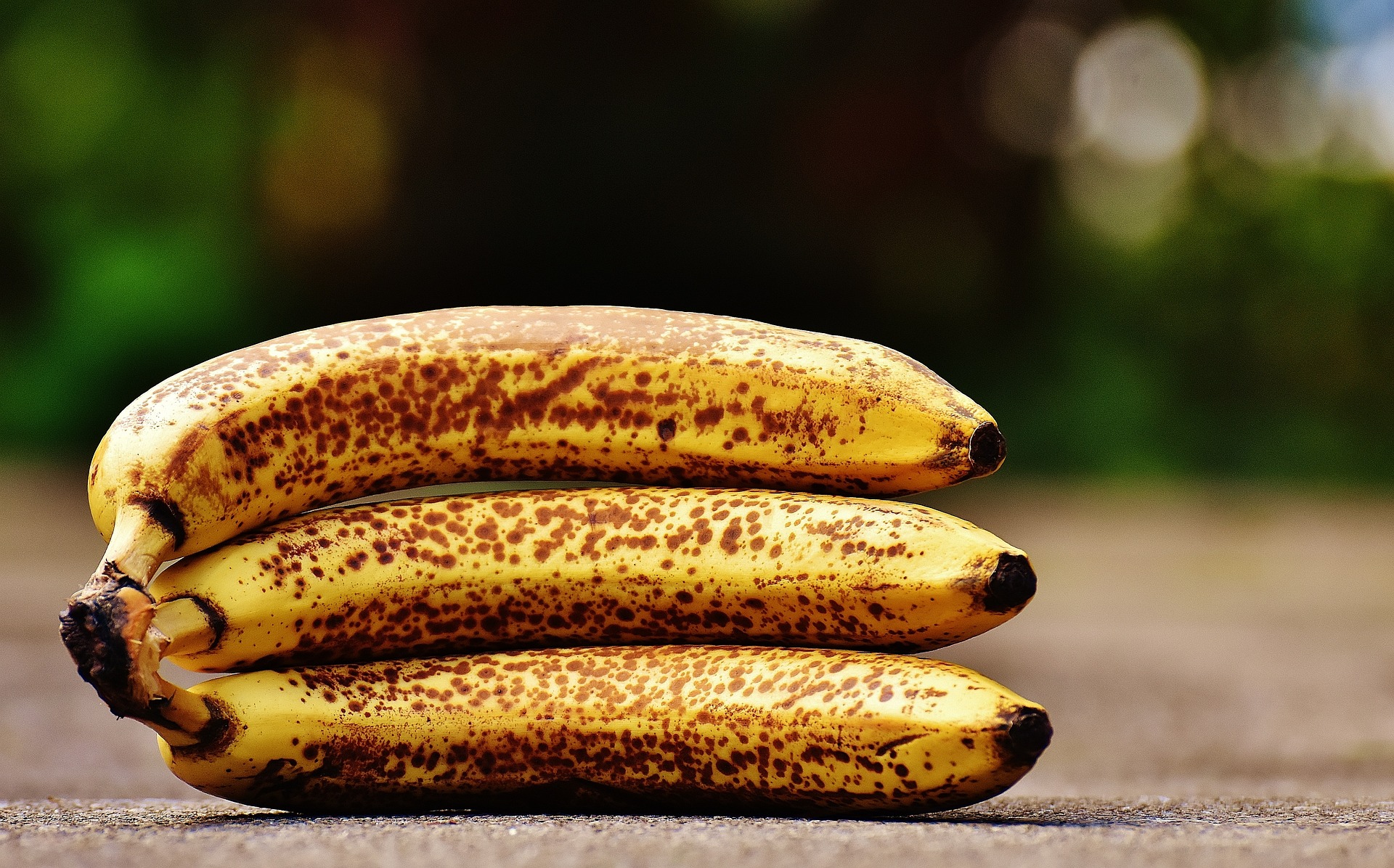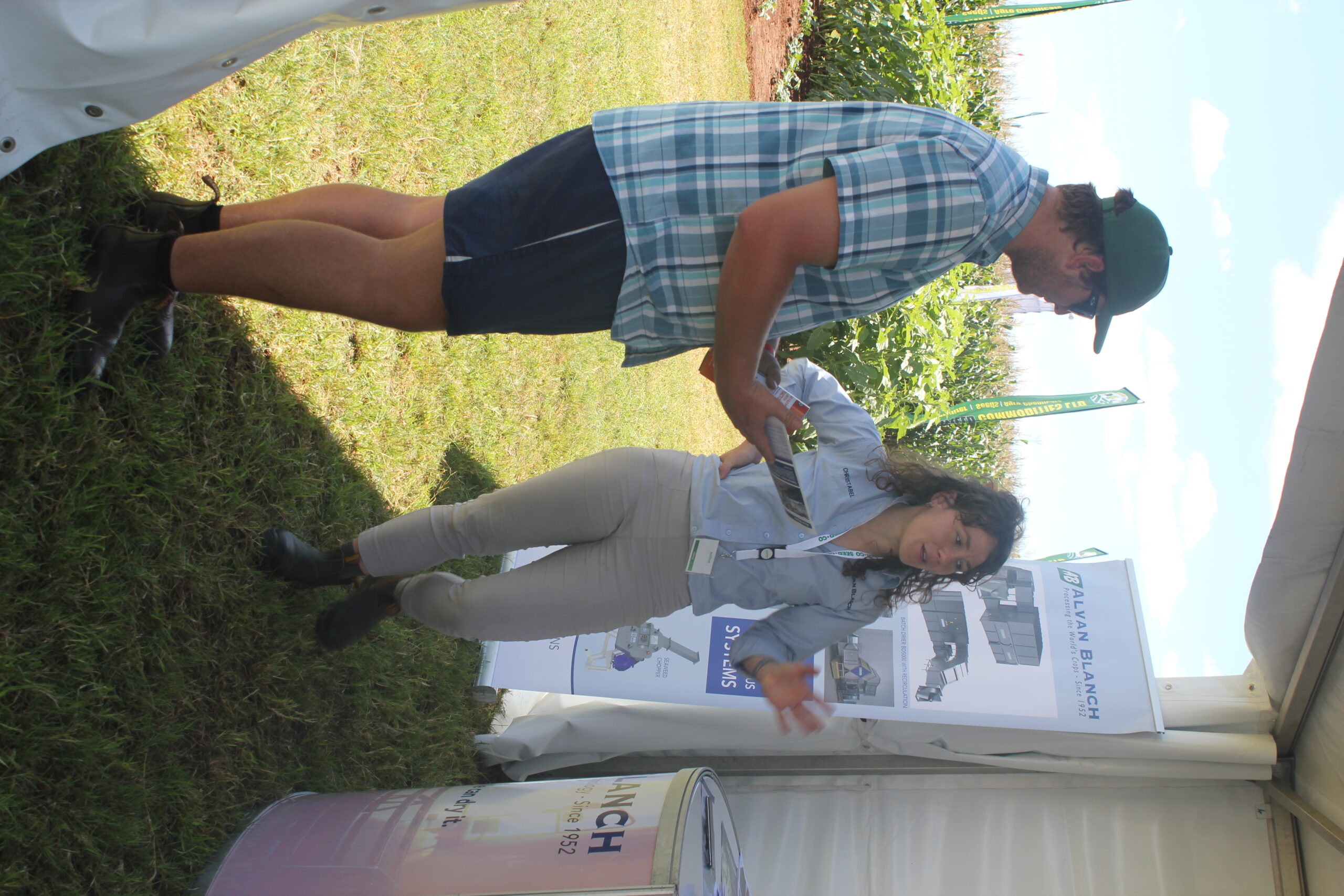While Zimbabwe’s smallholder farmers have been slow in embracing large-scale production of small grains such as millet and sorghum, women who have taken up growing such crops have found a ready market in Bulawayo where traditional foods are in demand.
Thokozile Mabuza is a fifty something year old widow in the low rainfall region of Gwanda, about 100 km north of Bulawayo, an agricultural zone more suited to cattle ranching than crop production.
On her plot she grows a variety of food crops, including maize which she says routinely fails as it is rainfed.
“If there is no rain, there is no harvest,” has become the story of the life of subsistence farmers here.
“It is only this past season that we managed to harvest a little. Otherwise, year in and year out, it is the same old story of poor maize harvests,” Mabuza said.
However, Mabuza has learned over the years that from adversity springs hope.
“In recent years I have turned my attention to drought resistant small grains such as millet and sorghum. I have also come to realise that people in the city (Bulawayo) enjoy these traditional foods,” she said.

It is in Bulawayo, the country’s second largest city, where there is a thriving market for small grains that provided Thokozile with a lifeline.
While her operation is small-scale, designed to produce enough for domestic consumption, Thokozile says she has taken up land traditionally reserved for maize to plant more small grains.
“I extended the field because I now sell the excess produce to people from out of town,” Thokozile added.
Her story is a contrast of sorts against the background of Zimbabwe smallholder farmers who produce the bulk of the country’s staple maize who authorities say continue to shun growing small grains.
And this against the advice of the Ministry of Agriculture and other experts who seek to climate-proof agriculture affected by a cycle of droughts and flash floods that have destroyed crops and incomes.
The World Food Programme (WFP) says small grains provide an opportunity for Zimbabwe to tackle poverty and hunger, noting that the country must promote the production of sorghum and millet as “both are traditionally important crops that can be grown with relatively less water resources-while being more nutritious than maize.”

Small grains and dried vegetables marketed in Bulawayo.
Subsistence farmers such as Thokozile have discovered the benefits of small grains, with the WFP training local farmers in “diverse and climate smart food production,” according to country spokesperson Maria Gallar.
Thokozile is able to sell the small grains, and can use the proceeds for other domestic needs.
“We grew up eating millet and sorghum; it is time we returned to old ways for us to survive,” she said.

